Visionary brand builder and father of two Rob Harvey pivots to education.
INTERVIEW | by Victor Rivero


Rob Harvey is a visionary brand builder with more than 20 years of experience elevating unique voices and guiding industry leaders to new technologies. As an executive within the music industry, he defined mainstream culture by breaking 50 #1 songs and promoting artists like Taylor Swift, The Weeknd, Drake, and Eminem.
He held influential positions at two major record labels before transitioning to Spotify, where he leveraged real-time data, consumer insights, and customer feedback to champion new business models and elevate brands globally. In the process, Rob (pictured) helped redefine the record industry as we know it today.
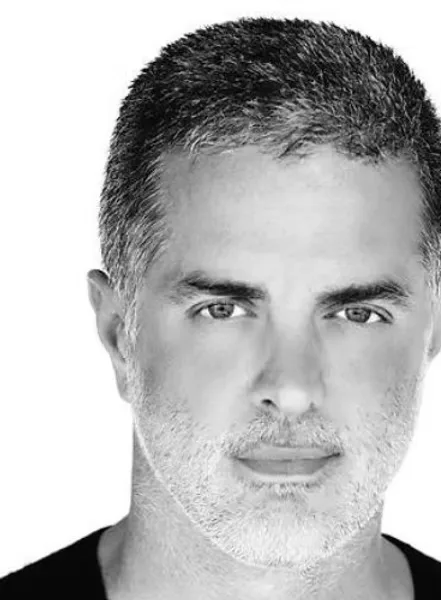
 His ability to amplify brands and identify gaps in the market led him to pivot to education, where Rob recognized a need for better STEM and computer science-based education technology. As executive chairman and cofounder of FTW Robotics, he pioneered the Build | Fly | Code program and released a first-of-its-kind curriculum to schools across the United States. As a father of two young children, Rob sees Build | Fly | Code as an incredible opportunity to awaken the interest of students and educators worldwide.
His ability to amplify brands and identify gaps in the market led him to pivot to education, where Rob recognized a need for better STEM and computer science-based education technology. As executive chairman and cofounder of FTW Robotics, he pioneered the Build | Fly | Code program and released a first-of-its-kind curriculum to schools across the United States. As a father of two young children, Rob sees Build | Fly | Code as an incredible opportunity to awaken the interest of students and educators worldwide.
For The Win Robotics is home to Hopper®, a drone designed to revolutionize STEM and computer science education through its Build Fly Code® learning platform. This comprehensive platform includes drone hardware and software, computer applications, and fosters community and connection. It endeavors to offer instruction, resources, and experiential educational interactions for students and educators at all levels.
The core of Build Fly Code revolves around providing the means to build Hopper, alongside basic activities that introduce students to the fundamentals of flying and coding. Each software update brings new resources and challenges, leveraging Hopper’s advanced sensor suite. The curriculum is inspired by Career Technical Education (CTE) pathways, showcasing real-world drone applications in fields such as search and rescue, aerial surveillance, precision delivery, and first response. Activities are designed to enhance skills in math, science, problem-solving, leadership, and communication, along with specific aviation knowledge from flying drones.
You have quite an interesting background—what prompted you to make the leap into education, particularly STEM, computer science edtech, robotics, coding, and curriculum?
The common denominator over my career, including my experience working at Spotify and elsewhere over the last 25 years, is a dedication to elevating unique voices and guiding industry leaders to new technologies using creativity and data. I held influential positions at two major record labels before transitioning to Spotify, where I leveraged real-time data, consumer insights, and customer feedback to champion new business models and elevate brands globally. I find it highly rewarding to have a hand in reinventing industries as we know them today.
My journey into education began when I realized the profound impact that early exposure to learning has on both individual futures and society as a whole, sparked by my eldest-daughter’s entry into kindergarten. Observing how classrooms had remained largely unchanged for decades, despite rapid technological advancements, sparked an idea that led to the founding of For The Win Robotics. We wanted to create an inclusive brand that speaks to students from all backgrounds. Six years later, For The Win Robotics has grown with a dedicated team that delivers on our mission to bring future-ready skills to students nationwide.
‘Six years later, [we’ve] grown with a dedicated team that delivers on our mission to bring future-ready skills to students nationwide.
Tell me about For The Win Robotics and your origin story there; what have been some highlights in the past few years?
For The Win Robotics is home to the Build Fly Code® learning platform, engaging K-12 students in building, flying, and coding with the Hopper® drone. It promotes hands-on learning and ethical technology use in a STEM-focused ecosystem, accessible to students of all abilities and learning styles.
The core of Build Fly Code® revolves around students building Hopper and learning fundamental flying and coding skills. Each software update brings new resources and challenges, utilizing Hopper’s advanced sensors. The curriculum, inspired by Career Technical Education (CTE) pathways, showcases real-world applications like search and rescue, aerial surveillance, precision delivery, and first response. Build Fly Code Live events provide competitive and collaborative environments where students connect and showcase their skills.
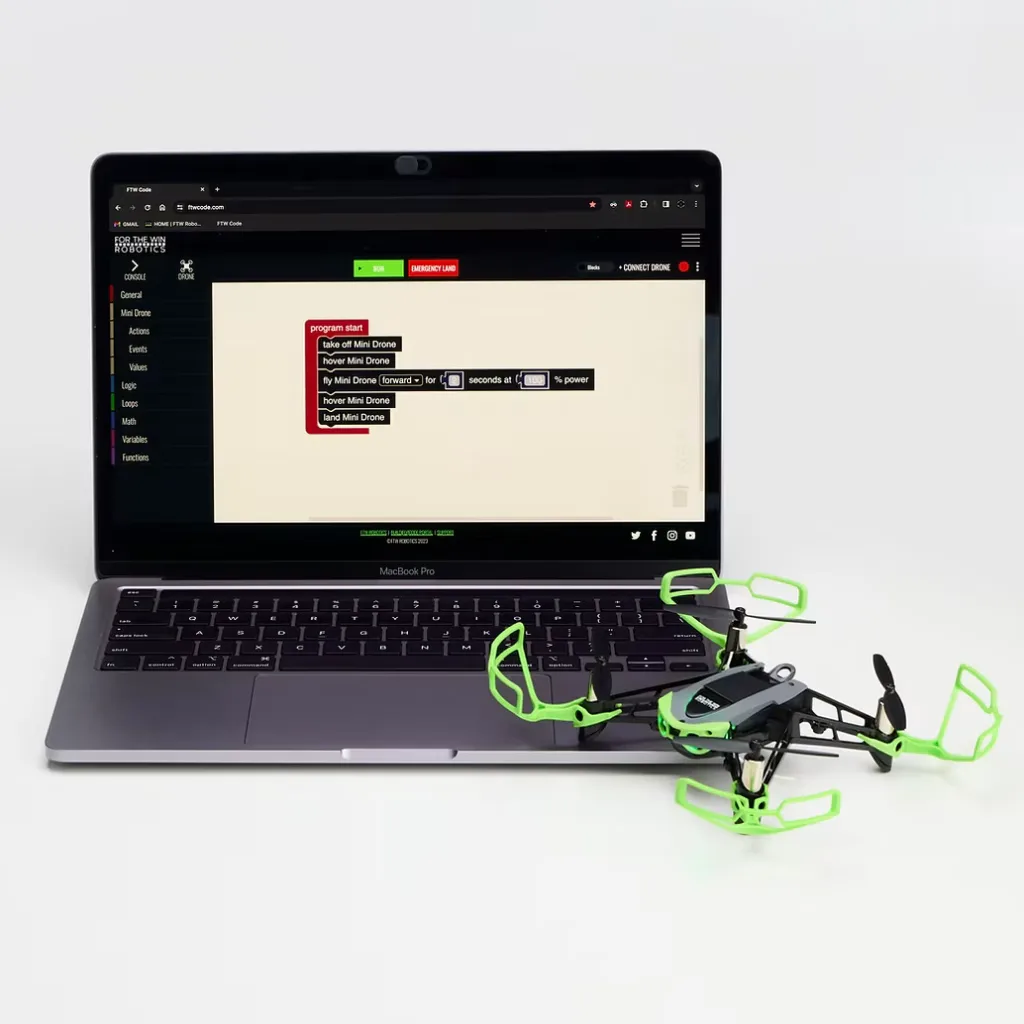

Our platform-based business model enables rapid scaling to support diverse educational initiatives, making impactful tech education accessible. Additionally, we offer advanced U.S. technology and manufacturing to ensure high-quality drone parts and performance.
Some of our favorite highlights include expanding nationwide, launching the new Hopper drone, celebrating educators and giving them access to tools they need for impact through our Heroes program and Build Fly Code Give, and a partnership with STEM Learning Ecosystems to broaden STEM education access. These initiatives reinforce our mission to prepare students from diverse backgrounds for future careers and life beyond the classroom, empowering them to become problem-solvers and innovators.
How is it ‘first-of-its-kind’ curriculum, what makes it unique? How do you differentiate yourselves from others in the field?
What sets us apart is the practical, project-based learning experience we offer. Unlike traditional STEM programs that often focus solely on technical skills, our approach integrates both hard and soft skill development through real-world applications in fields like logistics, agriculture, and green technology. This real-world relevance not only deepens engagement but also opens students’ eyes to a wider range of career opportunities, making learning both meaningful and career-focused.
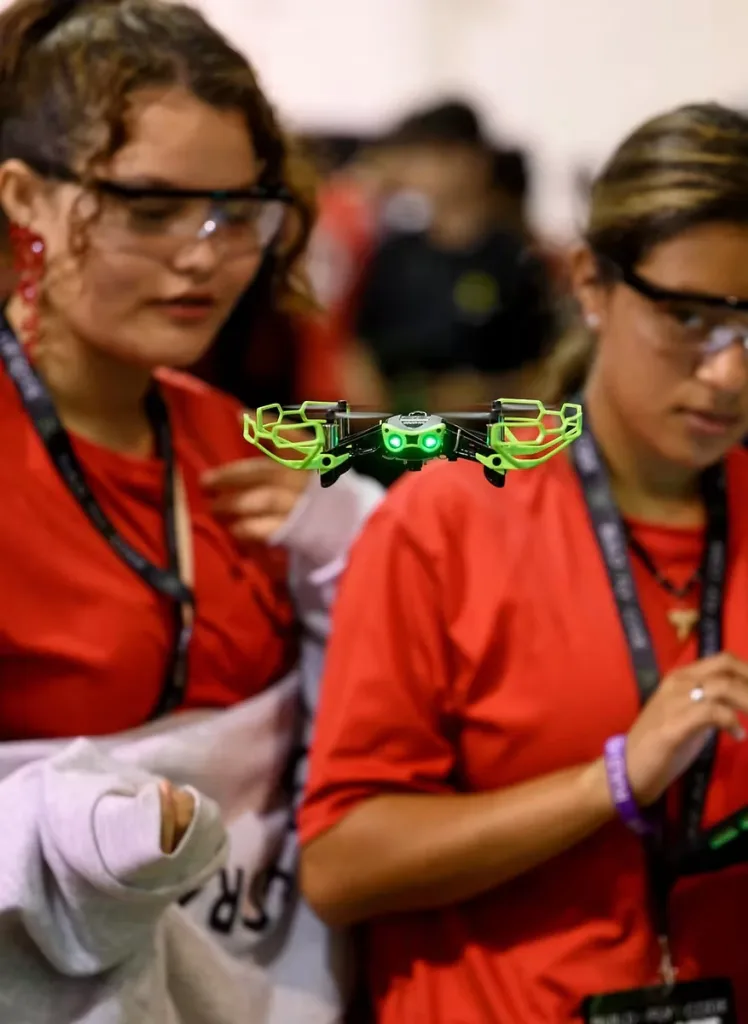

Our program also emphasizes adaptability, collaboration, and resilience—skills that are critical in any industry. When projects don’t go as planned, students learn to adapt and think critically, preparing them to handle the complexities of the modern workforce. This unique combination of technical expertise and essential soft skills differentiates us from others, as we focus on preparing students holistically for a tech-driven future. We’re committed to equipping students for a world where humans and technologies like AI and robotics will need to work together in harmony.
‘We’re committed to equipping students for a world where humans and technologies like AI and robotics will need to work together in harmony.’
Furthermore, our curriculum supports educators and districts with reusable drone bundles designed for sustainable, long-term use. These bundles can be easily integrated into various curricular applications, making our program versatile and resource-efficient, unlike many other programs that rely on single-use materials or limited-use kits.
What message do you have for students/educators/education leadership regarding STEM, your work, and the future of learning? Any advice?
The future of learning has to be hands-on, experiential, and connected to the real world. STEM education should extend beyond textbooks to include tools and technologies students will encounter in their careers, like drones, coding, and AI. Early exposure to these tools builds familiarity and confidence, preparing students for a rapidly evolving world.
For educators and leadership, I recommend embracing project-based learning and high-tech tools, even if it feels daunting. We’re not preparing students to pass tests but equipping them for a future requiring critical thinking, collaboration, and emotional intelligence. Our work at For The Win Robotics fosters these skills, along with the technical foundations needed for success across all career fields.
What is your ideal vision for education?
I envision an education system that breaks traditional barriers, seamlessly integrating technology across all learning areas. Today’s students need more than just literacy in math, science, or language arts—they need to understand how these disciplines intersect with technology to solve complex issues. Project-based learning should be the norm, allowing students to experiment, fail, and try again, fostering resilience and productivity.
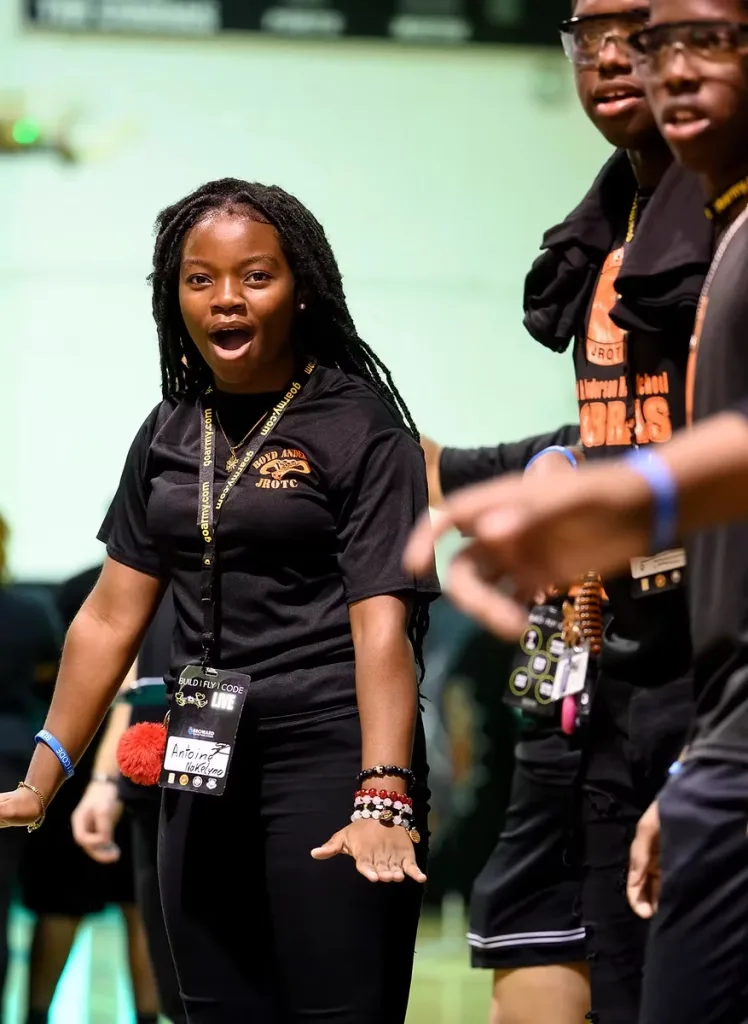

We’re seeing this shift in pockets nationwide, and I hope it becomes the standard. Technology is evolving too quickly for us to cling to outdated teaching methods. Our work at For The Win Robotics has shown that students who are truly engaged are both motivated and better prepared for future challenges, both personal and professional.
What are your thoughts on the role of technology in learning, especially in this Age of AI in education—this accelerated age?
We’re at a tipping point in education, where the role of technology has moved from being a supplement to being central to how we teach and learn. In this new landscape, students must be comfortable working alongside advanced technologies like AI and robotics from an early age.
An adaptive mindset will certainly be crucial in this fast-paced, tech-driven world. That said, there is a first, integral mindset shift that needs to take place. Many students, whether due to socioeconomic background, race, gender, or some other contributing factor, struggle to see themselves as “STEM people.” There are real, practical ways we can leverage technology to avoid perpetuating this persistent, antiquated view of STEM. As AI and other technology proliferate, they should be deployed to make STEM more accessible to more young people.
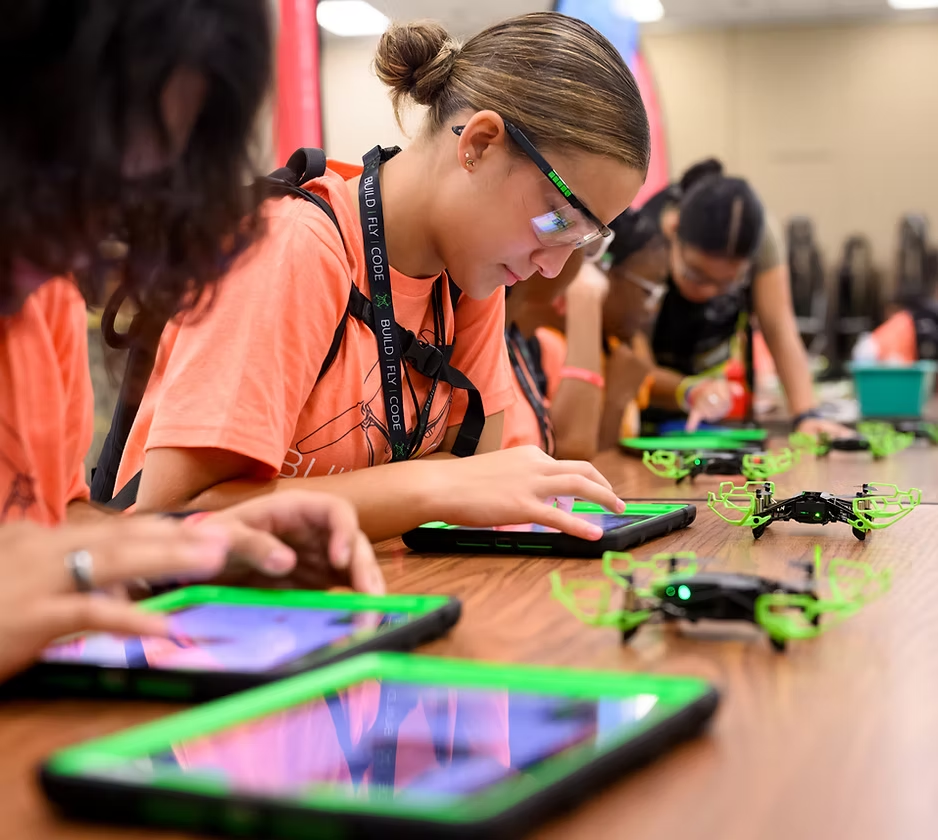

Most young people are already tech-savvy enough to interface with tech intuitively—they just need to be given the opportunity to see and experience that for themselves. That’s why we’re helping students get that early exposure, allowing them to build their confidence and see themselves as people who could succeed in STEM classrooms and careers, regardless of how quickly the industry is shifting and changing. The goal is to ensure that students are not passive users of technology but rather active innovators who can enjoy harnessing it to create and solve.
‘The goal is to ensure that students are not passive users of technology but rather active innovators who can enjoy harnessing it to create and solve.’
Anything else you care to add or emphasize concerning your company or the future of learning?
The future, and the present moment, demand that we prepare students to be adaptable, lifelong learners. The jobs of tomorrow might not even exist yet, but what we do know is that students will need to be resilient, curious, and able to work alongside both people and machines. Our programs are designed to foster those skills, and I’m incredibly excited about what the future holds as more schools and educators embrace this approach. We’re preparing students for their first jobs and a lifetime of learning and adaptation in an ever-changing world.
—
Victor Rivero is the Editor-in-Chief of EdTech Digest. Write to: victor@edtechdigest.com
Share this:
- Click to share on Twitter (Opens in new window)
- Click to share on Facebook (Opens in new window)
- Click to share on LinkedIn (Opens in new window)
Like this:
Like Loading…
Related
Original Article Published at Edtech Digest
________________________________________________________________________________________________________________________________




